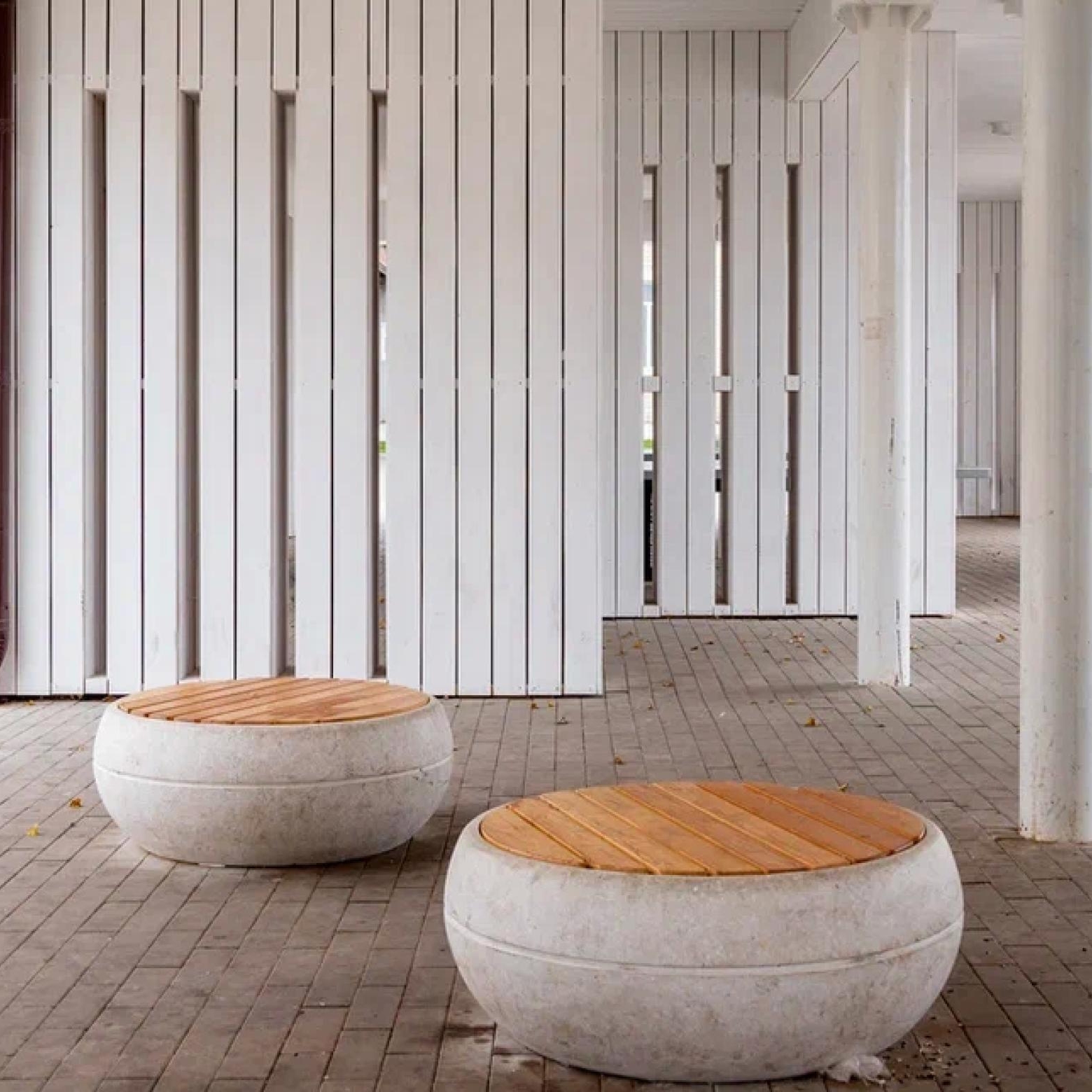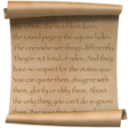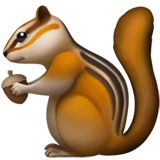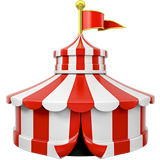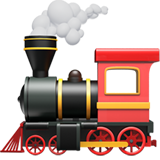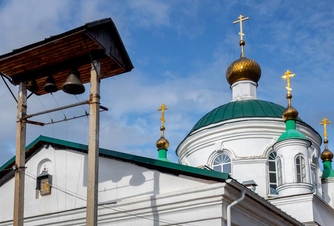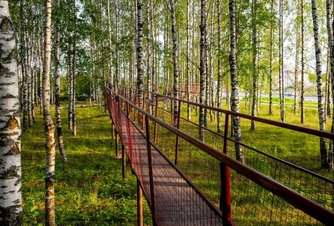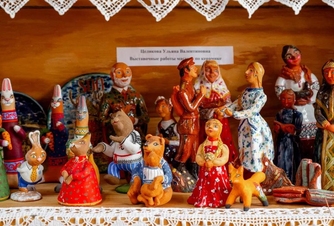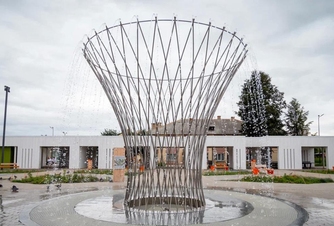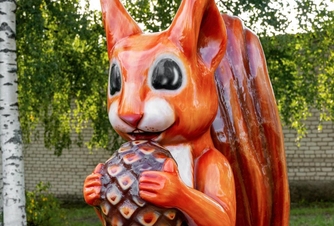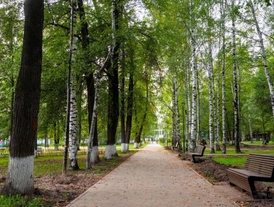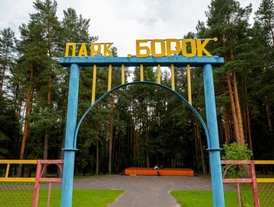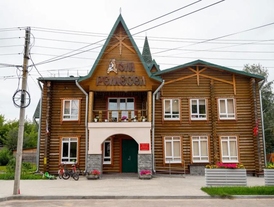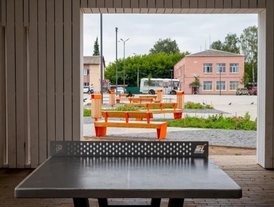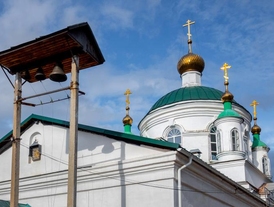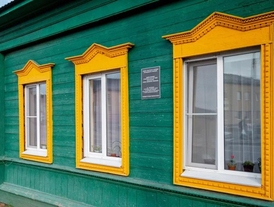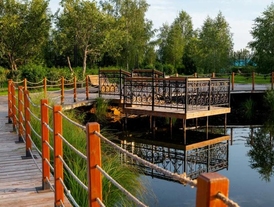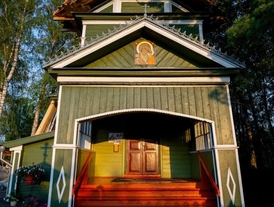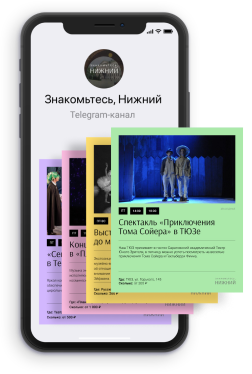Uren
Uren is the «capital of villages», an important fairground and railway center in the north of the region. Folk crafts related to forestry and wood processing are well developed here; Old Believers have historically lived in the area, and there are just beautiful natural landscapes combining the Volga softness and the severity of the north. Here are some things to do in the Uren district.
A FEW FACTS
WHAT TO DO IN THE CITY
01
Study the history of Uren in the Museum of Local History
The traditional place-to-visit in any tourist schedule is the Museum of Local History. Here you can see a large-scale collection of ancient and rare items ranging from rustic household utensils to a collection of Soviet cameras collected by a local photographer.
02
Visit the church where the city began
The Old Believer Church of the Three Hierarchs has been known since the beginning of the XVIII century. This church gave the name to the village of Trekhsvyatskoye, which later acquired its current placename — Uren. The church was originally made of wood, but later it was rebuilt and acquired its modern appearance in 1829.
03
Take a walk along a kind of «aerial path» in the park of the 40th anniversary of Victory
The 40th Anniversary of Victory Park is a modern and very cozy space with a playground, gazebos, benches and a landscaped embankment around the pond, but special attention is attracted by the extraordinary «aerial path» laid through the forest at a height of several meters. In addition, there are a lot of mushrooms in the forest. If you know how to distinguish toadstools from blueberries, then you can easily collect a basket of mushrooms or even two.
04
Take a master class at the Hall of Crafts
The Uren’s Hall of Crafts is the most important center of folk crafts, located in a spectacular carved wooden house. There are many different master classes here; for example, you can learn how to make things from clay, make rag dolls, decorate pottery, paint spoons and teapots, or engage in vine weaving, a traditional local craft.
05
Relax on the landscaped Revolutsii Square
The shape of the fountain installed on Revolutsii Square in the very center of Uren also refers to the weaving. In the warmer season, you can run under the jets of water or just sit and relax on the numerous benches.
06
Take a picture with the Uren symbol
One of the symbols of Uren is a squirrel; it is depicted on the coat of arms of the district and, according to one version, the city got its name in honor of the squirrel. The sculpture of a forest animal is installed in the city center, on Truda Square.
07
Attend a football game at the Energetik Stadium in Borok Park
Borok Park is picturesque in itself: pine forest, winding paths — it is a great place for quiet walks. It is a great place for the Energetik stadium, where football players from the Uren club play. You can support the team during the football season from April to November.
